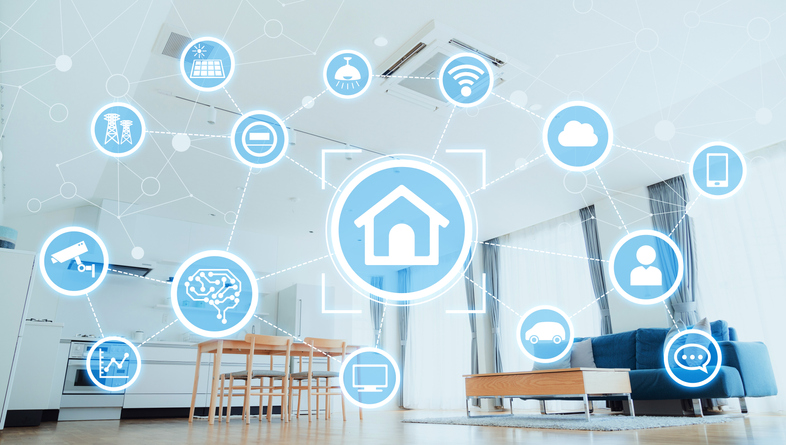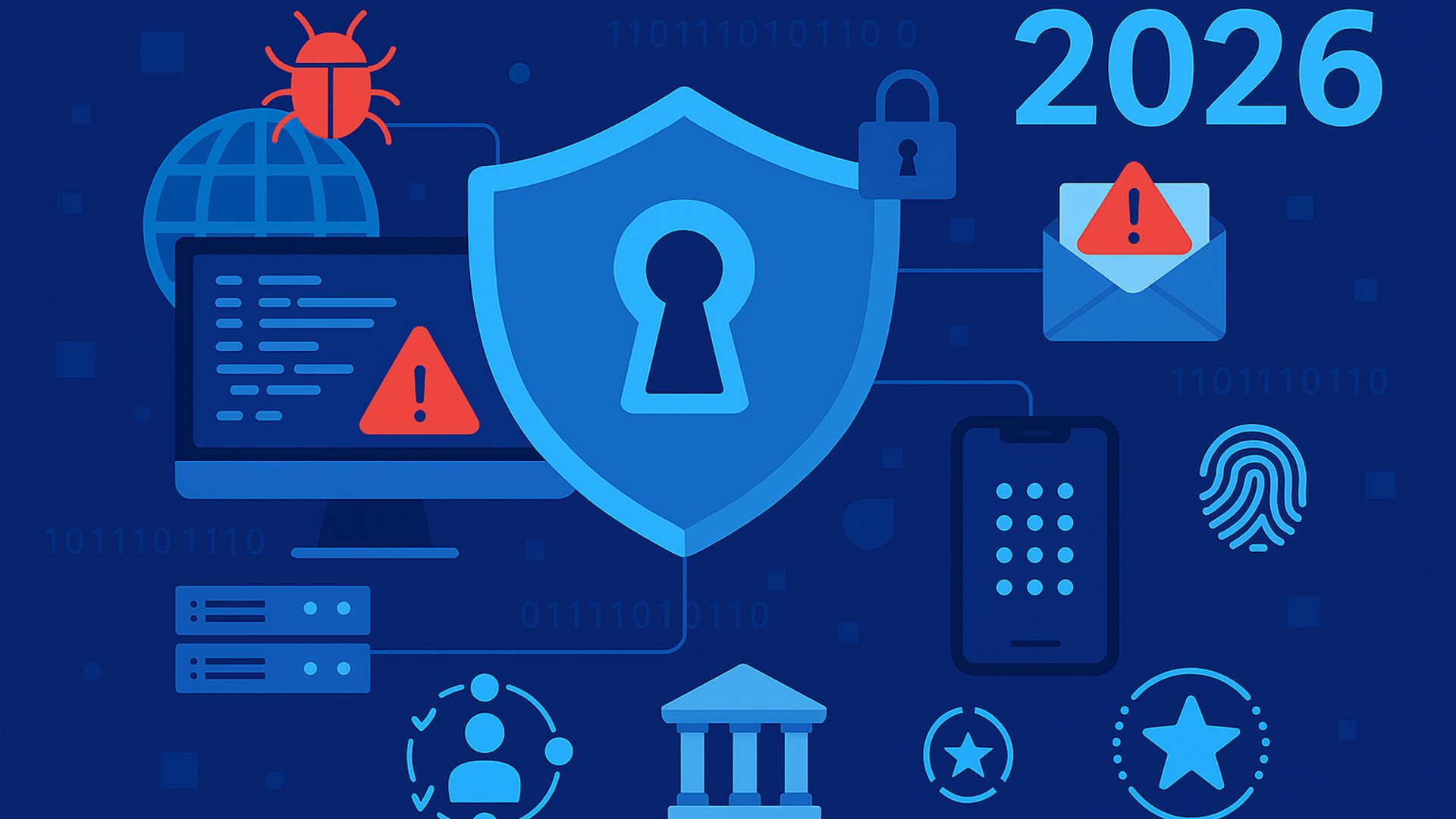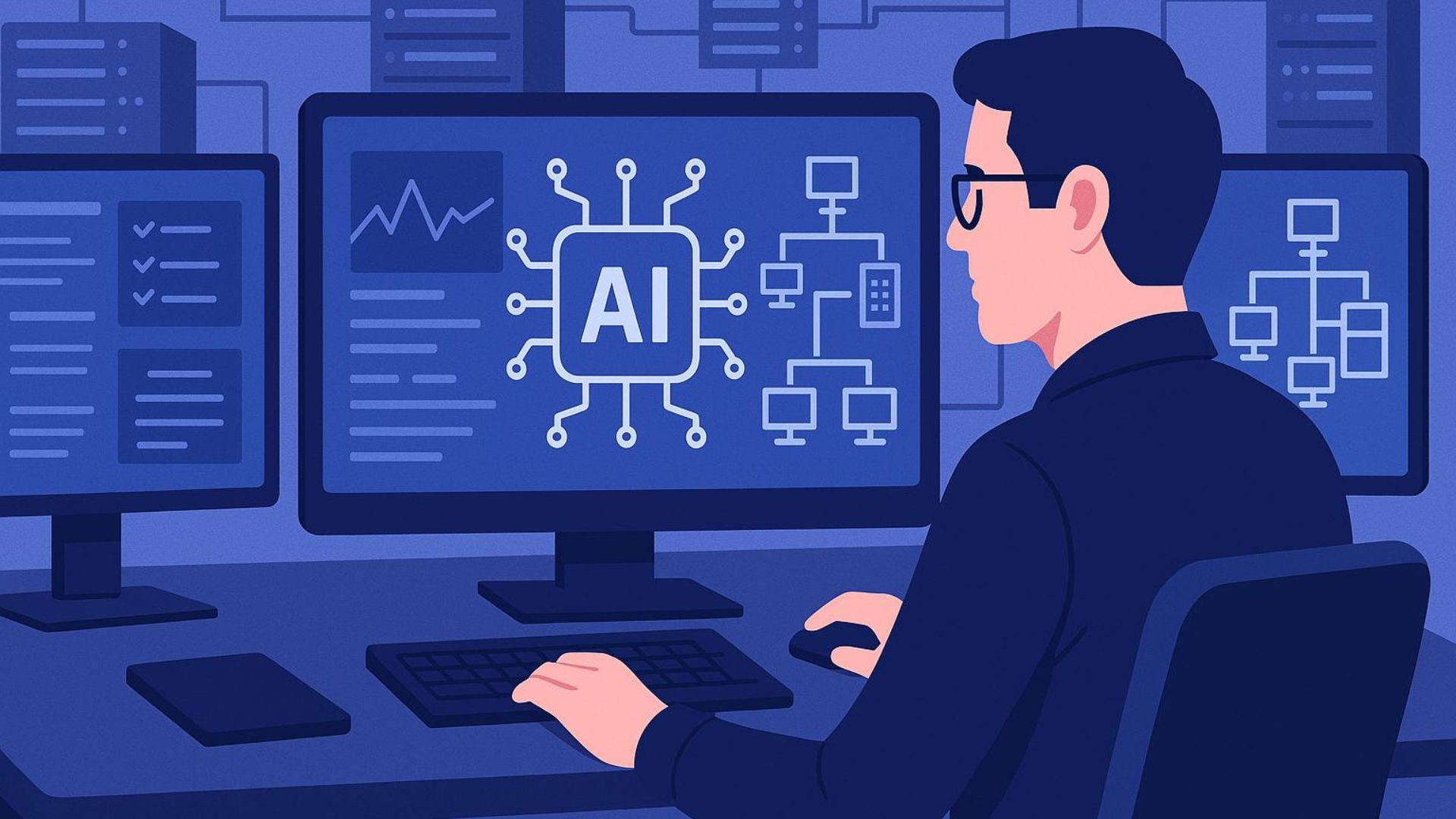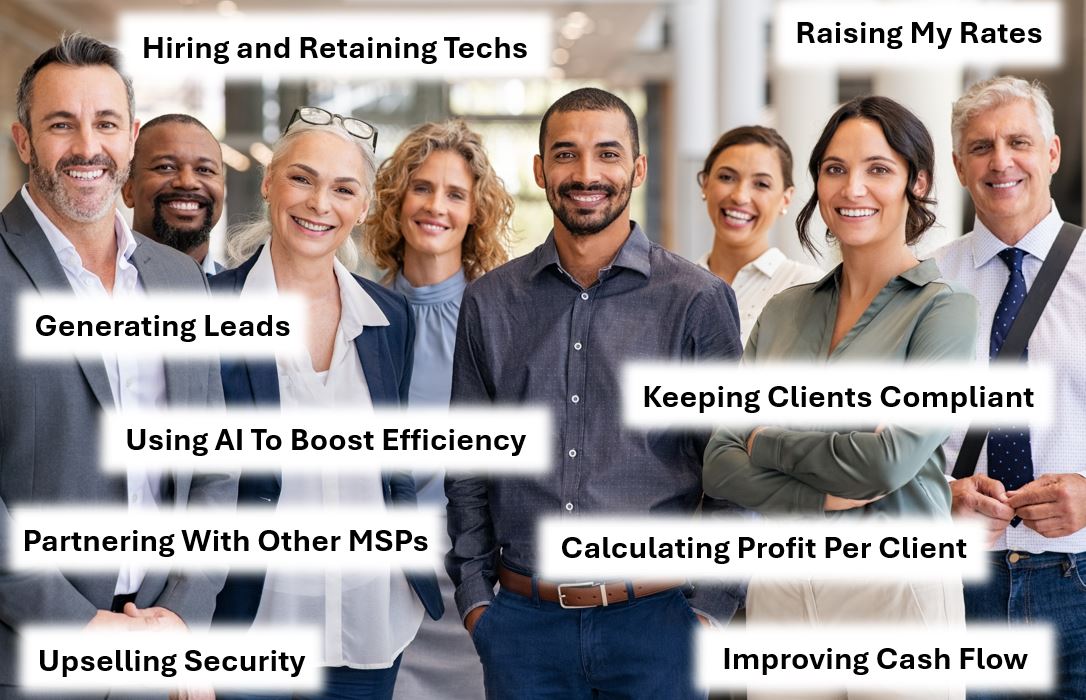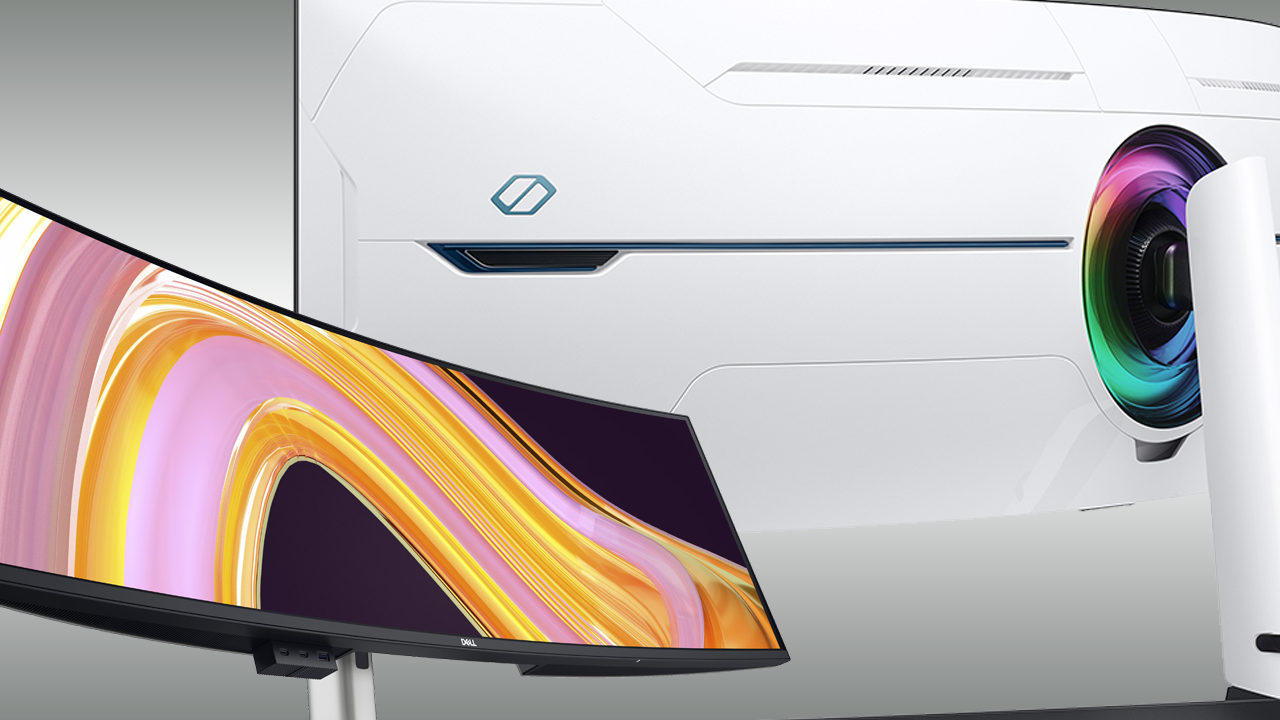SMART DEVICES like sensors are “”small potatoes”” in terms of revenue, says Lonnie Ludwig. Smart solutions, on the other hand, help businesses get to the next level by using automation and data insight to improve efficiency, effectiveness, safety, and more. This is the true value add, and where integrators like CBT have set their sights, according to Ludwig, vice president of solution services for the Orange, Calif.-based company. “”We’re not out there trying to sell 30 sensors. We’re selling the solution.””
From smart office buildings and homes, to smart agricultural operations, to smart manufacturing, Internet of Things (IoT) solutions are poised to be a gold mine for channel pros and integrators who can carve out a niche among this very large ecosystem of products and players.
Consider this:
- The agriculture IoT market will grow from $12.7 billion in 2019 to $20.9 billion by 2024, with precision farming accounting for the largest share of that market, according to B2B researchers MarketsandMarkets.
- Juniper Research expects the global number of industrial IoT (IIoT) connections to increase from 17.7 billion in 2020 to 36.8 billion in 2025, with smart manufacturing as a key growth sector.
- The global smart home market is predicted to grow at a CAGR of 13.52% from $80.83 billion in 2019 to $207.88 billion by 2027, according to Verified Market Research.
Here are some solution providers targeting—and thriving—in each of these sectors.
TSP Smart Spaces
Michael Oh launched TSP LLC in 1992 when he was an undergraduate at MIT in Cambridge, Mass., initially serving the Apple ecosystem and then evolving to cross-platform support for both Mac and PC environments for small businesses in the area. Today the company has two major lines of business: TSP IT Services, an MSP with a recurring revenue model; and TSP Smart Spaces, which offers smart residential and commercial technology solutions that integrate visual, audio, lighting, HVAC, and security.
Oh created TSP Smart Spaces about seven years ago when he was looking to diversify and an executive at one of the customers he supports approached him about a house he was building. The executive had worked with a traditional AV integrator to install a control system in his previous house and wanted something that worked better and was less expensive.
“”It was a collaboration,”” Oh explains. “”He understood that we weren’t going to be experts in it from day one, and to a certain degree, very few people were at the time. We did a lot of research and this is where our networking and MSP background really helped. You can look at the foundations of any big IoT system right now, and the core of that is a really good, reliable network.”” Learning the control systems and audio/visual are just layers upon that MSP foundation, he says.
What is different in the IoT space is that the integrator works “”almost like a design consultancy,”” Oh says. “”We don’t have a single go-to-market solution. We start with an initial schematic design process, and so we almost work more like an architect.”” This includes elements such as finish and colors. “”You get involved with interior designers that want particular fabrics … So it’s a very complex process, but one that we’ve obviously gotten very used to,”” he says, adding that “”it’s a very different flow from a traditional MSP.””
The business value for Oh’s customers is the ability to anticipate what technology is necessary for how the space, whether it’s high-end residential or commercial, is going to be used and design that in from the beginning versus retrofitting. “”That can save huge dollars,”” he says.
After ironing out the details, TSP selects from its curated list of vendors and solutions. Every smart automation project starts with the network, ideally when the walls are down in a renovation or before the walls are up in new construction. This gives TSP “”tremendous flexibility to put in the appropriate wiring and put in access points in all the right places,”” Oh explains.
Next is determining where the network racking goes, taking into account space, heating, and cooling requirements. Then TSP layers in, integrates, and secures the smart solutions the customer wants. The range of products TSP works with includes:
- Mobotix security cameras
- Lutron Palladiom Keypads
- LG TV media boxes
- Trufig faceplates
- Lutron sockets
- BeoLab 18 speakers
- Sonance architectural speakers
- LG W-Series OLED panels
Oh concludes, “”The fun and the magic part about it is you have a hundred devices and effectively you need them to work together in a very synchronized way.””
Alvarez Technology Group / Veo Verde Technology
A 20-year-old MSP, Alvarez Technology Group is located in Salinas Valley, one of the most productive agricultural regions in California. When the firm’s agricultural clients started deploying smart sensors throughout warehouses and manufacturing facilities that needed to be connected to the network, Luis Alvarez, the company’s president and CEO, helped them choose the right systems and then implemented and integrated them with their existing infrastructure.
That initial foray into IoT then “”moved into different sectors, including healthcare where you have a lot of medical equipment, as well as … public schools, where they use a lot of surveillance systems and access control systems,”” says Alvarez. “”So we really started to expand into having a nice little IoT practice as part of our MSP.””
Then in 2016 California voters legalized adult recreational use of cannabis, which went into effect in 2018. Concerned that working in this vertical might be perceived negatively by his traditional MSP customers, Alvarez spun up a new division called Veo Verde Technology devoted exclusively to cannabusiness operations. That move, he says with a laugh, “”was a stroke of genius, unintentional mind you.”” That’s because, as with many verticals, people in the cannabis industry want to work with people that understand their industry.
The No. 1 concern of his cannabusiness customers is jeopardizing their permits, so Veo Verde “”got really smart”” about the state’s compliance requirements. Every project starts with the video surveillance system. “”That’s the most important component, because that has to be put up even before there’s any activity,”” Alvarez explains. “”We start working from the ground up with the architect who’s designing the facility so they give us the blueprints. We then design the system to be compliant with all state and local laws.””
Then Veo Verde turns to the access control environment “”because you also want to limit who has access to what in the facility, and you have to be able to audit who’s been where through this entire process.””
Veo Verde also builds out a wireless networking infrastructure so there is signal throughout the facility, as almost all the equipment for the growing operation uses Wi-Fi. On the dispensary side, digital signage is used to show customers real-time inventory, which is tied into the POS system.
For the grow operations, there are state requirements to minimize and track water usage. “”They’re using these very sophisticated managed water systems that only provide water if the plant needs it based on moisture sensors embedded in the pot that the plant is growing in,”” Alvarez says. “”So that all has to be tied in together to an integrated system to make sure that that stays up and running, so we monitor that as well.””
Internet connectivity and adequate bandwidth, along with failover options, are critical to accommodate the cloud-based back-end systems.
It’s a complete, integrated system that gets more sophisticated all the time, Alvarez says. But for a strong MSP that already understands cloud along with wired and wireless technology, offering smart solutions is possible. “”It helps if you have a video surveillance or video practice, but if you don’t then the video is probably going to be the stuff that’s going to be the hardest for you to wrap your head around, but even then the vendors that we work with are all very good about training and providing backup and advice.””
CBT
Founded in 2001 as a VAR, CBT evolved to add a high-performance computing practice, and most recently has moved into the industrial IoT space. Founder and CEO Kelly Ireland describes CBT today as a domain expert integrator.
The company began developing IIoT solutions about three years ago, through its involvement with Texmark Chemicals’ Refinery of the Future project to design, deploy, and test technologies to modernize the process manufacturing environment.
Ireland says the project is a consortium of OEMs and ISVs, with CBT as the integrator. This endeavor required CBT to learn about the convergence of IT and operational technology (OT), adding a control system engineer, mechanical engineer, and design engineer to the staff. Out of the project emerged five solutions applicable to other industries like utilities, manufacturing, and healthcare that CBT launched in June 2019:
- Condition Monitoring and Predictive Maintenance
- Video as a Sensor
- Worker Safety and Security
- Connected Worker
- Asset Integrity Management
While they’re sold as solutions, Ireland makes clear those offerings aren’t “”cookie cutter.”” Each of the firm’s last 10 Connected Worker customers, for instance, has had slightly different requirements. “”It’s making it specific to exactly what they need,”” she says.
Core elements of the solution can include a wireless mesh network, IoT sensors with advanced data capture, handheld tablets, voice-controlled hands-free wearable computers that enable interaction with people and machinery, integration with OT data, traditional IT hardware, cybersecurity, and more.
According to Ludwig, the core value of the Connected Worker solution is to make workers safer, more efficient, and more productive. “”Being able to enable them with head-mounted compute so they can keep their hands free is one of the biggest things that we can do to drive those business values.””
As CBT was moving into IIoT, it searched for a new distribution partner and chose Tech Data. “”They were really looking at every aspect of IoT and the integration,”” says Ireland. “”They were starting to look for different types of ecosystem partners, which I think is really key because we had already gone down the path of hiring OT personnel. We needed to find a disti that, one, understood that [and] two, understood what we required as a reseller or partner to have in our portfolio to bring those solutions.””
Particularly for integrators new to IoT, partnering with a distributor will “”help them get to that production point a lot quicker,”” Ireland says. “”They’re going to be able to utilize some of the resources there that definitely will help them leapfrog [over] somebody that doesn’t.””
She cautions that getting into IoT requires an investment. “”You’ve got to do your homework. You’ve got to get this experience and then be able to go deliver that to the client.””
The payoff, though, can be long-lasting, Ireland says. “”What we felt would happen, and is being validated right now, is we are starting to gain customers and relationships that we think will go on for decades.””
Collaboration Is a Hallmark of IoT Solutions
Designing and integrating IoT solutions is “”a team sport,”” says CBT’s Lonnie Ludwig. That ecosystem of partners includes hardware vendors, software providers, and integrators. “”We start from the premise right away that, hey, we’re going to be bringing in folks, and we’re going to bring best of breed, and we’re going to really solve the business problem, and we’re going to manage that and deliver it.””
Your “”team”” extends to customers as well, according to Zeydy Ortiz, CEO of DataCrunch Lab, a technology developer and integrator in Cary, N.C., focused on AI, data science, and IoT. “”The IOT market is wide in terms of the technology that is needed to implement the solution … so partnerships are very important,”” she says.
DataCrunch partners with IBM, using its Maximo Application Suite to develop asset management, remote monitoring, and predictive maintenance solutions, as well as Arrow Electronics. However, Ortiz stresses, the most important part of building smart solutions is collaborating with your customer to determine what their needs are and how your technology can meet them.
For TSP Smart Spaces’ Michael Oh, working in the smart building space requires a different kind of channel strategy too. “”You are going to architects, and you’re going to builders, and you’re going to specifiers. That’s a completely different set of people that you’d work with. So you have to forge those relationships.””
Opening image: iStock



